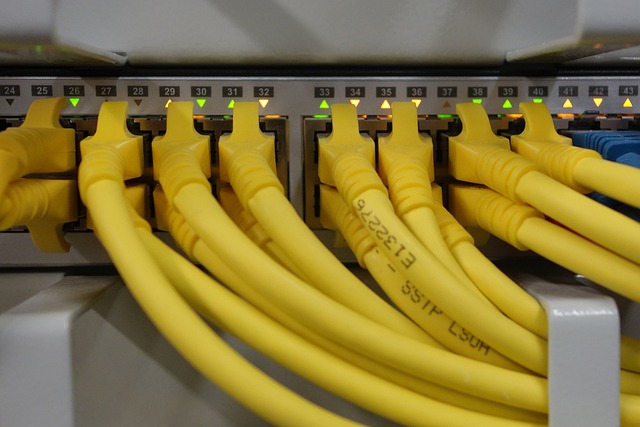A network cabling system consists of multiple wires that are connected together to transmit data and commands. There are two basic types of cabling: twisted pair and fiber optic. Twisted pair cables use copper wires to transmit data, and are commonly used in Ethernet installations. Twisted pair cables also offer grounding and shielding against electromagnetic interference. Twisted pairs are less expensive than fiber optics, but they do not provide as high a speed or reliability as fiber optic cables.
Structured cabling
Network cabling system are crucial for businesses, and structured cabling is an essential part of a network infrastructure. A structured cabling system helps businesses scale up efficiently, allowing them to add more devices, access points, and other technology as they grow. Companies with complex network needs can use a structured cabling system to reduce disruptions and ensure uninterrupted operations.
In healthcare facilities, structured cabling allows for scalable connectivity to meet the needs of a growing network. It also enables quick troubleshooting, which can be critical in a medical setting. A messy network can lead to medical emergencies, so structured cabling is a necessity to avoid interruptions and delays.
Data cabling
Data cabling is an essential part of a network cabling system. It facilitates data transfer between devices and serves as the heart of the network. It connects various devices such as wireless devices, copiers, security systems with cameras, and telephone systems. The ability of these devices to send and receive data is crucial to the success of any business. The right network cabling system will ensure that your company is positioned for success in the future.
Data cabling in a network cabling system is a highly structured network that follows specific standards. This way, you can be sure that the installed system will meet your current and future requirements. The cabling system will consist of a central patch panel (normally a 19″ rack-mounted device). All connections are patched into a network switch.
Cat6a
If you’re planning to upgrade your existing network cabling system, you should upgrade to a CAT6A cabling system. Not only is this cable future-proof, but it can also provide better performance for power over ethernet and wireless systems. It’s important to consider a number of factors when choosing a cable.
Compared to CAT5e, Cat6a can offer up to 10 Gbps of data, making it ideal for use in networks that are large and require a high data transfer rate. It also has a physical separator to minimize crosstalk and foil shielding to protect data from outside sources. It also is backward compatible with Cat5 and CAT5e systems. Cat6a is an augmented version of the CAT6 standard, which means it can provide bandwidth up to 500MHz.
CAT6A cables are available in shielded and unshielded models, solid or stranded, and various jacket colors. They also come with snag-free connectors for ease of installation.
Coaxial cable
Coaxial cable is a type of wire that is used in network cabling systems. Its outer sheath is made from polyvinyl chloride or polystyrene and encases a solid copper core. The shielding material on this cable provides resistance to electromagnetic interference and protects the central conductor from the environment.
The characteristic impedance of coaxial cable is 50+-2O. This cable’s impedance changes periodically along its length. Its center average value is less than two meters. The attenuation of coaxial cable is typically less than 6dBm per mile, or 0.77C, when measured over 500 meters.
Coaxial cable is widely used in cable television distribution systems. It is generally used with in-line distribution amplifiers to prevent signal leakage and disrupt cable subscribers. Cable television is also distributed through long-distance telephone networks using coaxial cable. The first commercial use of coaxial cable in a television system occurred in 1948. Using coaxial cable for a television system can provide hundreds of channels and a range of tens of kilometers.
Unshielded twisted pair
There are several types of shielding in a twisted pair network cable. These include overall shielding that prevents EMI from entering or exiting the cable. Individual shielding can also be used. For example, foil can be wrapped around each pair. Another common method is screening, which uses a wire or braided screen as the outer sheath.
UTP (Unshielded Twisted Pair) cable is made of four pairs of copper wires with an outer bracket of insulating material. UTP cables are used for network LAN connections, but should not be used in areas where there is high electrical interference. This type of cable is also used in audio systems and surveillance and security systems. It is also widely used in backbone and horizontal network cabling installation subsystems. It is excellent for signal transfer at low speeds and requires no grounding.









































